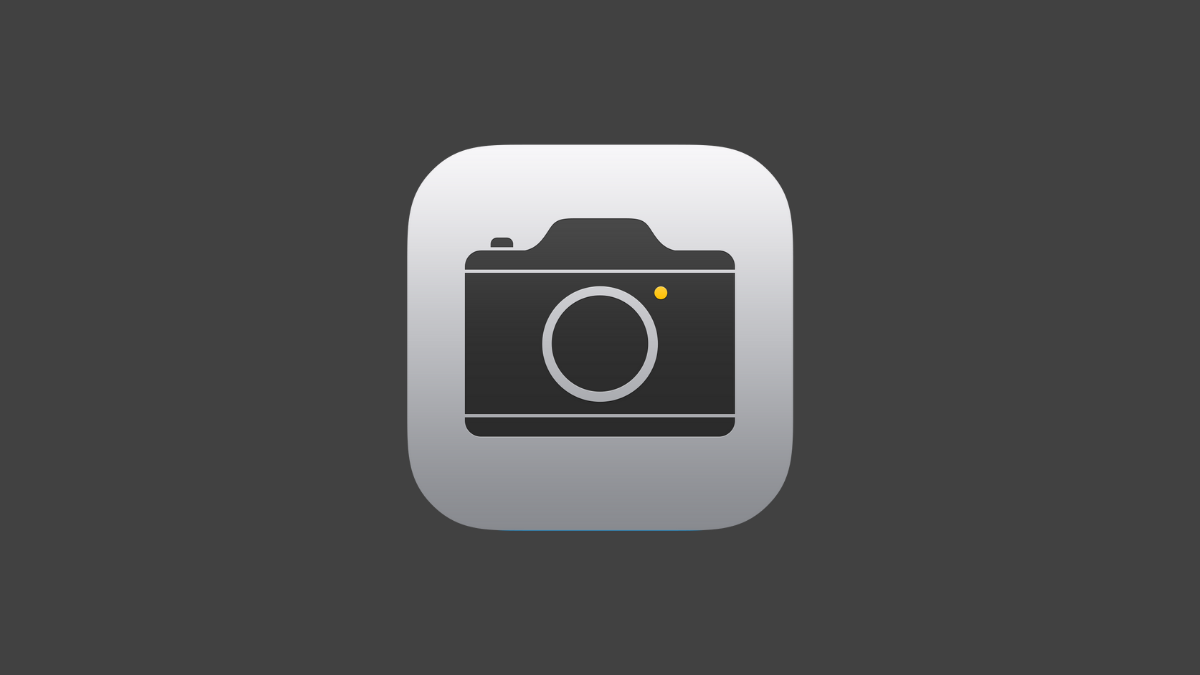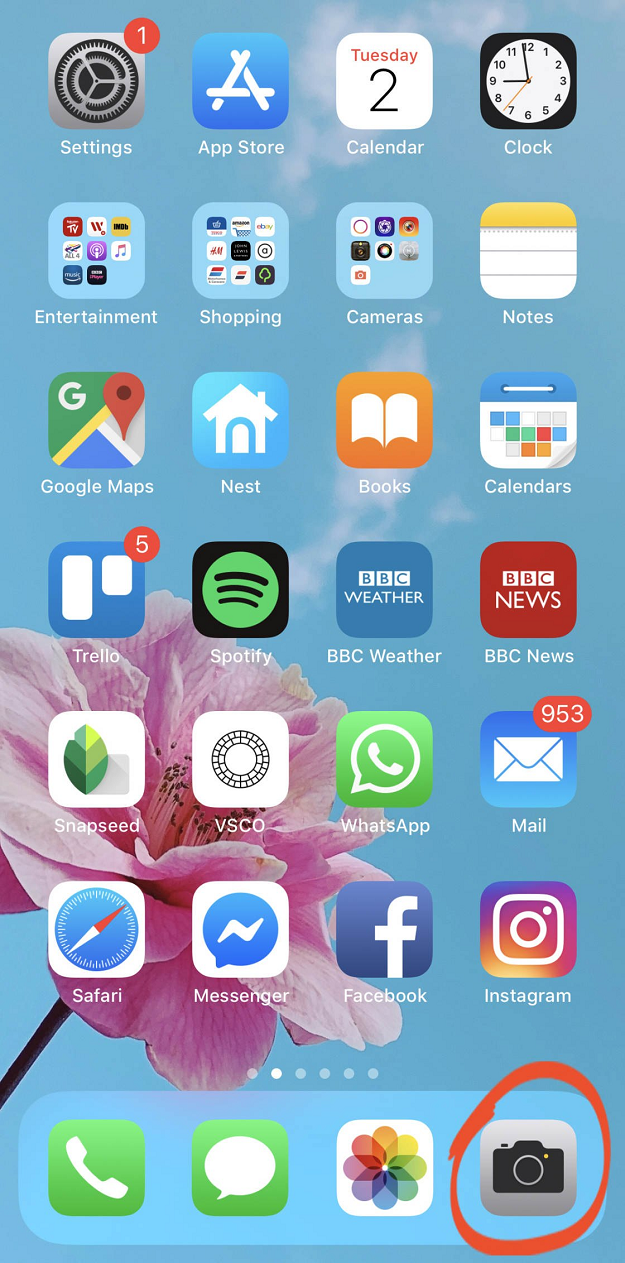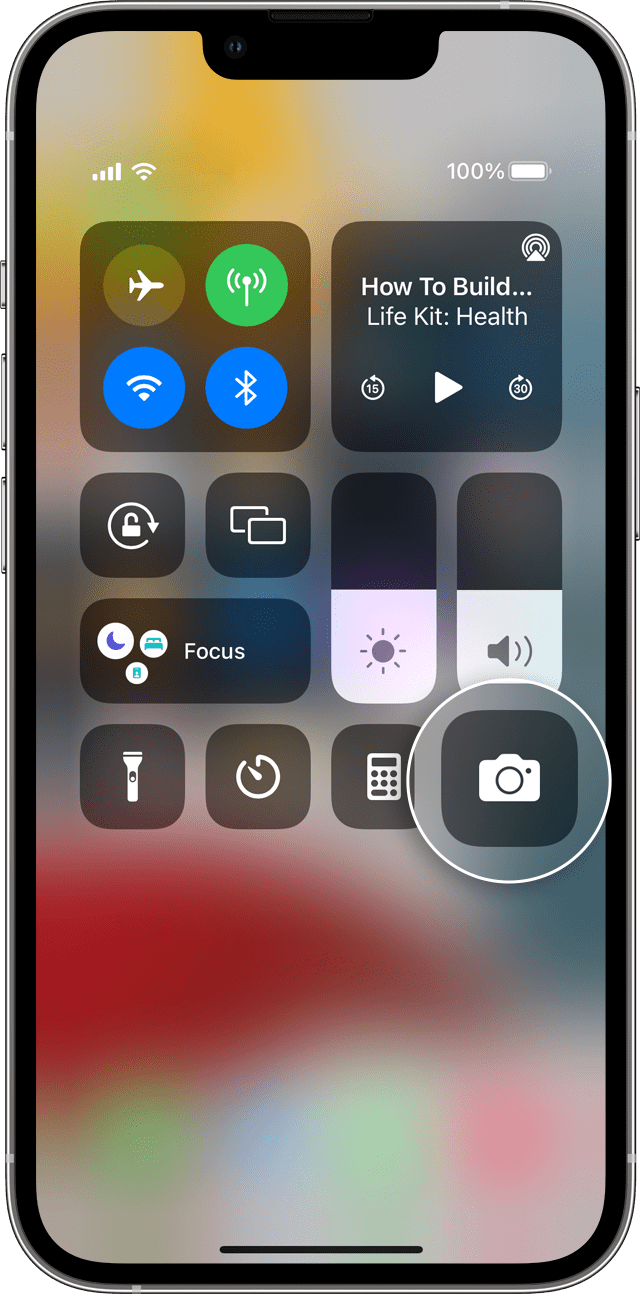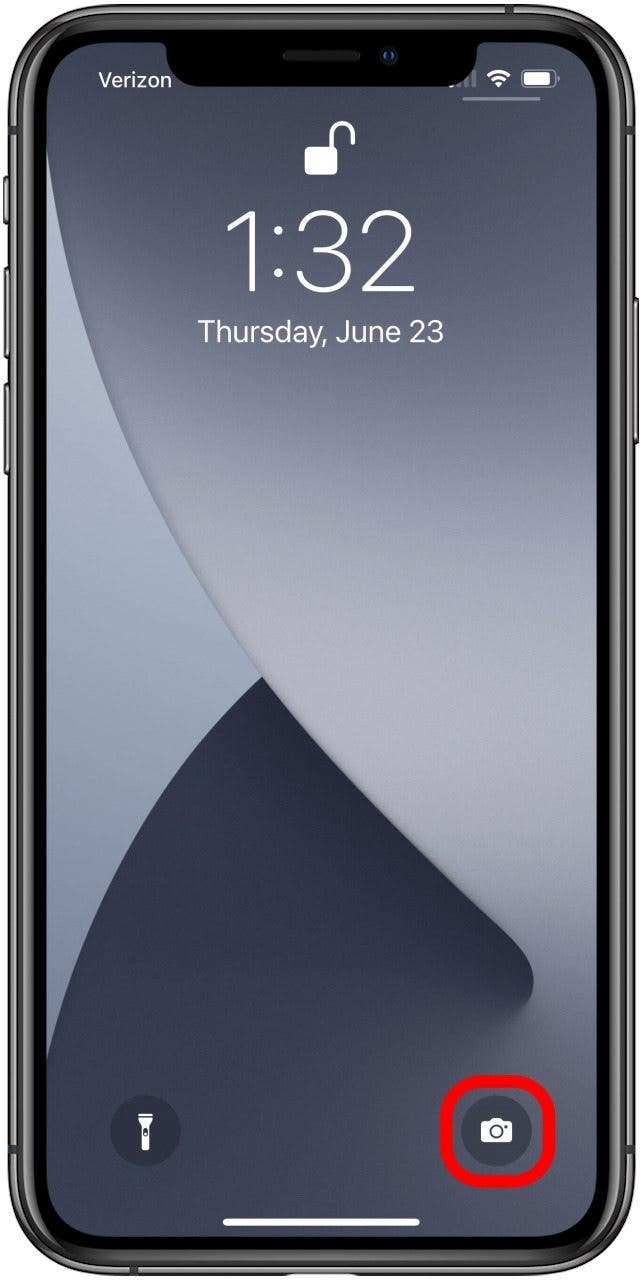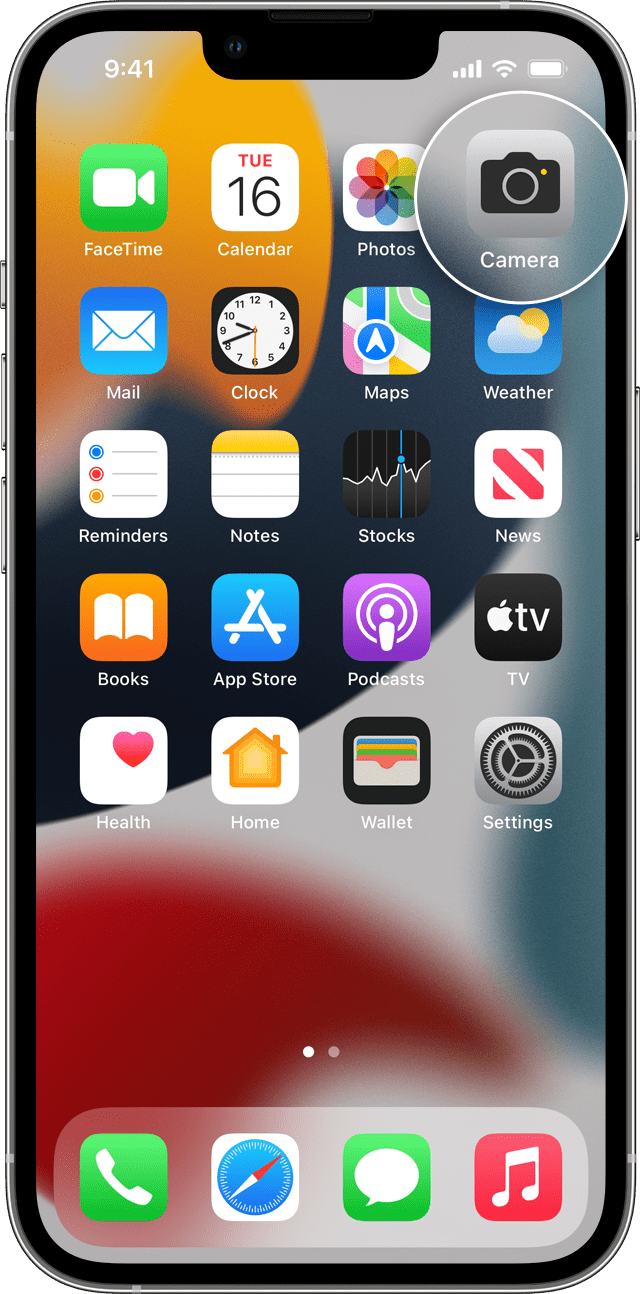Introduction to the iPhone Camera Icon
The camera icon on your iPhone is the gateway to capturing photographs and videos. It’s a simple, yet powerful tool packed with features that allow users to create stunning visuals with ease.
Accessing Your iPhone’s Camera
The camera icon is prominently displayed on the iPhone’s home screen and lock screen for quick access. This design ensures that you’re always just one tap away from capturing a special moment.
A Deep Dive into the Camera Interface
Upon launching the camera app, you’ll encounter various on-screen icons and modes. Understanding these will enhance your photography experience and allow you to get the most out of your iPhone’s camera capabilities.
Modes at a Glance: From Photo to Video and Beyond
The iPhone camera comes with several modes, such as Photo, Video, Portrait, and Panorama. Each mode is suited for different scenarios, and switching between them is as simple as swiping left or right.
The Photo Mode: Capturing Still Images
The default and most frequently used mode is Photo. It’s designed for taking high-quality still images with options for live photos, aspect ratios, and filters.
Video Mode: Recording Moving Images
Switching to Video mode allows you to record video footage. Here you can choose different resolutions and frame rates, depending on your iPhone model.
Portrait Mode: Focusing On Your Subject
Portrait mode uses depth-sensing technology to create a bokeh effect, artistically blurring the background while keeping the subject sharply in focus. This is ideal for stunning portraits with a professional look.
Panorama Mode: Expansive Views Captured
When you want to capture a wider perspective, Panorama mode lets you take photos with an elongated field of view. It’s perfect for landscapes and cityscapes.
Slow-Mo and Time-Lapse: Manipulating Time and Motion
For creative effects, the Slow-Mo mode lets you record video in slow motion, while Time-Lapse condenses extended periods into short clips, speeding up motion that’s usually subtle to the naked eye.
Live Photos: Bringing Still Images to Life
Live Photos is a feature that captures a few seconds of video before and after you take a picture, bringing your still photos to life with motion and sound.
Choosing the Right Camera: Front vs. Rear
Your iPhone is equipped with both front and rear cameras. While the rear camera typically offers higher resolution and more features, the front-facing camera is convenient for selfies and video calls.
Flash and Lighting: Illuminating Your Subjects
The flash icon allows you to toggle the LED flash for low-light situations. Some iPhone models also offer different lighting effects, particularly in Portrait mode.
HDR: High Dynamic Range Imaging
HDR (High Dynamic Range) blends multiple exposures into a single image to capture more detail in both the shadows and highlights. It’s particularly useful in high-contrast environments.
Zoom Features: Getting Closer to Your Subject
Depending on your iPhone model, you may have the option to zoom in and out using digital or optical zoom. This feature is handy for framing your shots without moving physically closer.
Filters: Adding Artistic Flair to Your Images
The three overlapping circles icon represents filters. Applying these can change the mood and style of your photos with just a few taps.
The Rule of Thirds: Composing with Grid Lines
Activating the grid lines feature can help you compose your shots more effectively. It overlays the rule of thirds on your screen, aiding in the alignment and balancing of your photos.
Burst Mode: Capturing Rapid Movements
By pressing and holding the shutter button, Burst mode is activated, taking multiple photos in quick succession. This is ideal for capturing fast-moving action or creating the perfect shot in a sequence.
Self-Timer: Inclusion in Group Shots
The timer icon gives you a self-timer option so you can be part of the photo. You can set a delay, place your iPhone on a stable surface, and pose without needing to hold the camera.
Focus and Exposure: Adjusting with a Tap
Tapping the screen sets the focus point, but you can also adjust the exposure by sliding your finger up or down, giving you control over the light in your photos.
Night Mode: Low-Light Photography Enhanced
On supported iPhone models, Night mode automatically activates in low-light conditions. It optimizes settings to produce clear and bright images even at night.
Settings: Customizing Camera Preferences
Your iPhone’s general settings include additional camera preferences. Here you can adjust resolution, formats, and enable features like the grid or preserve settings.
Editing and Sharing: Final Touches and Distribution
After capturing your photos and videos, editing tools within the Photos app allow you to adjust various aspects of your images. You can then easily share your media directly from your iPhone.
Software Updates: New Features and Improvements
Regular software updates provided by Apple often include enhancements to the camera app. Keeping your iPhone updated ensures you have the latest features and the best performance.
Exploring Third-Party Camera Apps
The Appeal of Manual Control
Many third-party camera apps provide manual settings for shutter speed, ISO, white balance, and focus. These controls grant users the ability to make precise adjustments that cater to specific shooting conditions.
Exploring Popular Third-Party Camera Applications
Apps like Halide, ProCamera, and Manual are among the most popular for iPhone users. These apps are known for their advanced features and professional-grade tools that transform your phone into a more sophisticated camera.
The Benefits of Shooting in RAW
Third-party apps often allow for shooting in RAW format, offering greater detail and more flexibility in post-processing compared to standard JPEG files. This is particularly beneficial for photographers looking to fine-tune their images.
Specialized Apps for Different Photography Styles
Whether you’re into astrophotography, macro shots, or long exposures, there’s likely a third-party app designed to optimize those specific types of photography. Apps like NightCap Camera and Camera+ 2 cater to niche photography interests.
Video-Centric Applications for Filmmakers
Video enthusiasts can find apps tailored to their needs, too. Filmic Pro, for instance, provides features such as variable frame rates, log gamma curves, and focus peaking that are essential for professional-looking video production.
Innovative Features in Third-Party Apps
Many third-party apps introduce innovative features before they become mainstream. This includes things like focus peaking, zebra stripes for exposure, and live histograms.
User Interface Customization
Third-party apps often provide customizable user interfaces, allowing photographers to rearrange tools and controls to their preference, creating a personalized and efficient workflow.
Integration with External Devices
Some camera apps offer integration with external hardware, like Bluetooth-controlled shutter releases, gimbal stabilizers, or external microphones, enhancing the capabilities of your iPhone’s camera system.
Accessory Compatibility: Enhancing the Camera Experience
Various accessories, such as external lenses, tripods, and lighting equipment, can further enhance your iPhone’s camera capabilities, allowing for more professional results.
Conclusion:
The iPhone Camera Icon Unveiled
The camera icon on your iPhone is your portal to capturing the world around you. By familiarizing yourself with its features and functions, you can unlock your creative potential and take stunning videos and photos with ease.
In summary, the camera icon on your iPhone represents much more than just the ability to take quick snapshots. It’s a powerful tool that, when fully understood and utilized, can produce incredible visual content on par with more advanced cameras. Whether you’re a casual user or an aspiring photographer, the iPhone camera provides a user-friendly and versatile platform to explore the art of photography and videography.
